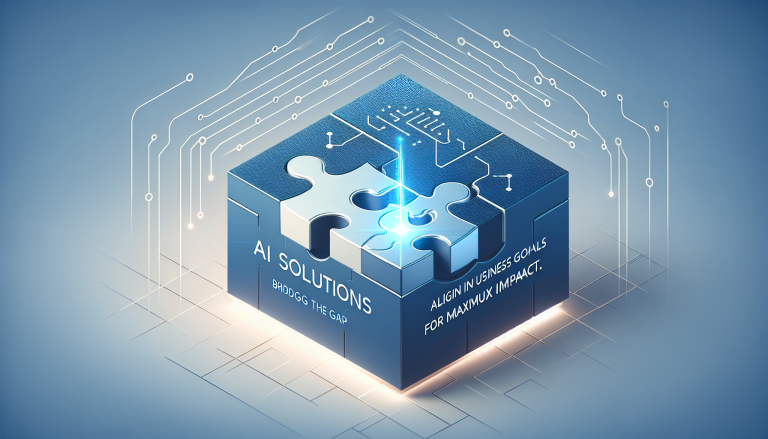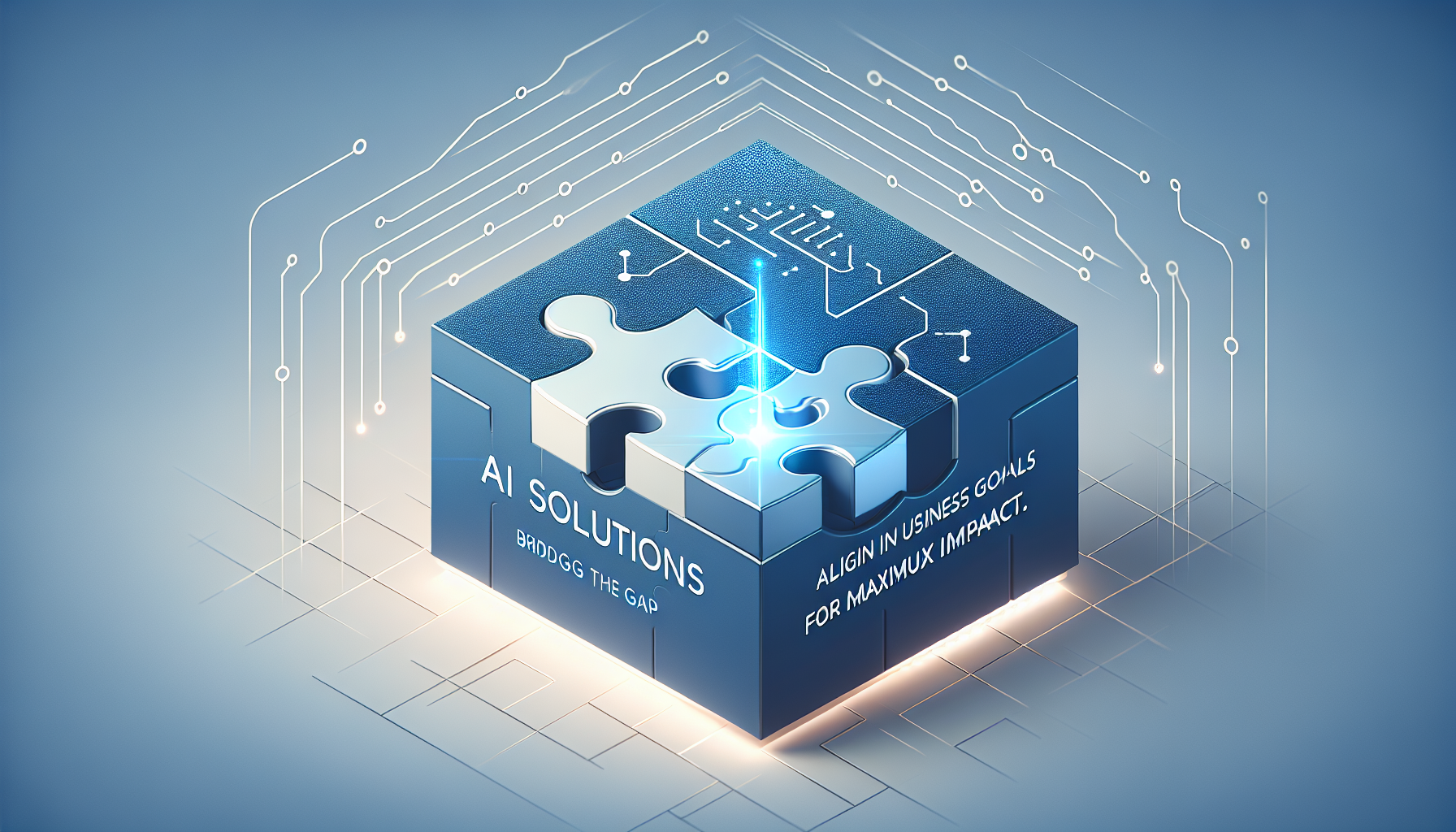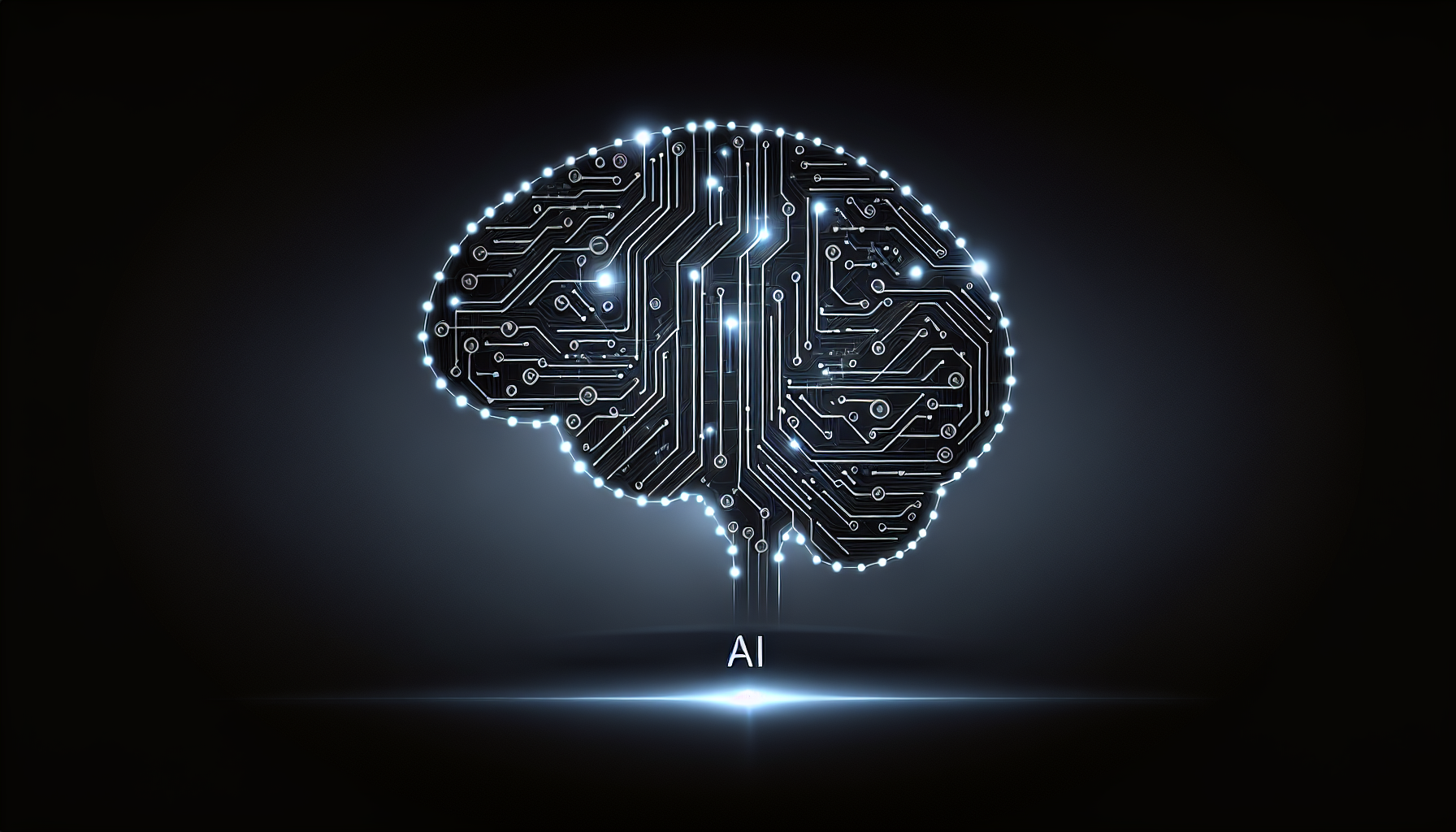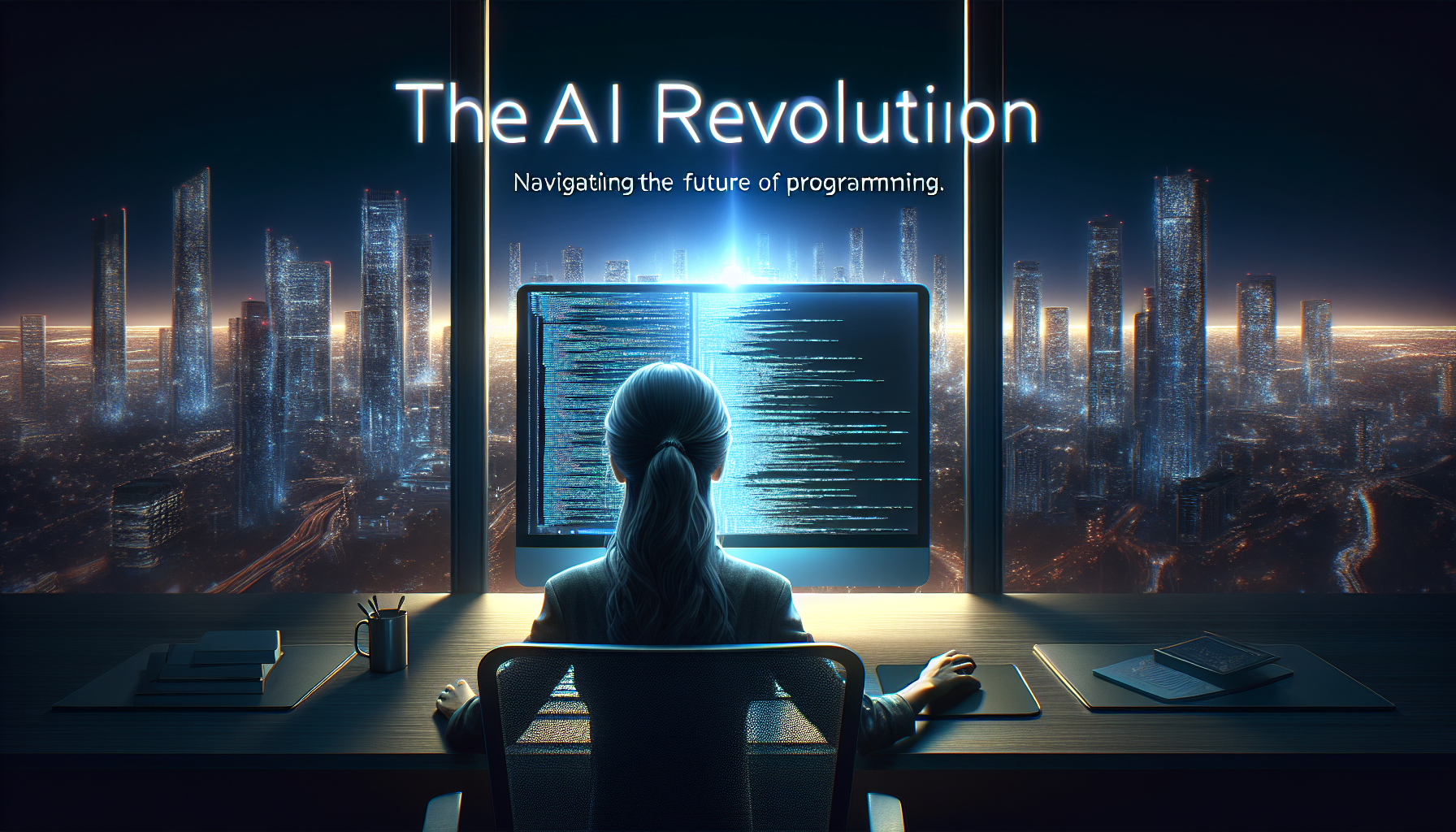Understanding the Nexus Between Business Goals and AI Capabilities
The integration of artificial intelligence into organizational frameworks is no longer a futuristic concept but an essential reality for businesses striving for competitive advantage and operational excellence. However, the mere adoption of AI technologies without a strategic alignment to business goals often yields suboptimal outcomes, wasted resources, and missed opportunities. Aligning AI solutions with business objectives demands a nuanced understanding of both the capabilities of artificial intelligence and the strategic ambitions of an enterprise. This alignment acts as a catalyst, transforming AI from a technological novelty into an engine for sustainable growth, innovation, and value creation.
At its core, actionable AI solutions are those designed not merely to automate or analyze but to advance clearly defined business aims—whether these involve reducing operational costs, enhancing customer experience, accelerating product development, or unlocking new revenue streams. The art and science of alignment begin by translating broad business goals into specific, measurable objectives that guide the selection, development, and deployment of AI technologies. This process requires cross-functional collaboration, combining insights from business strategy, data science, technology, and frontline operations to ensure AI initiatives resonate authentically with organizational priorities.
Strategic Framework for Aligning AI Solutions with Business Goals
To embed AI effectively, businesses must adopt a structured framework that encapsulates goal clarity, capability mapping, resource orchestration, and continuous feedback loops. The initial step involves defining precise business outcomes. For example, a retail company may aim to increase customer retention by 10% over the next fiscal year through personalized engagement. This goal informs the subsequent steps, steering the choice of AI technologies such as predictive analytics or natural language processing suited for personalized marketing campaigns.

Following goal articulation, capability mapping identifies the AI functions and data requirements essential for meeting these objectives. This stage evaluates existing technology stacks, talent pools, and data infrastructure to uncover gaps and leverage points. For instance, a financial services firm targeting fraud reduction must assess its access to real-time transaction data and AI models specialized in anomaly detection, ensuring readiness for intelligent threat mitigation.
Resource orchestration is the pivotal mechanism that aligns human capital, technological assets, and process redesign towards the AI-enabled vision. It demands holistic thinking—integrating teams that include data engineers, business analysts, compliance officers, and end-users—to create a seamless workflow where AI insights translate directly into operational decisions. This approach naturally fosters a people-first mindset, mitigating resistance and enhancing technology adoption.
Continuous feedback mechanisms complete the framework by embedding AI performance metrics into business dashboards, allowing iterative refinements aligned with evolving goals. AI is not a set-and-forget technology; it thrives in dynamic environments that respond swiftly to market shifts, consumer behavior changes, and internal performance indicators.
Real-World Applications Demonstrating Alignment Success
One illustrative example resides within the healthcare sector, where a hospital network sought to reduce patient readmission rates—a costly and quality-of-care concern. The leadership team defined a clear goal: cut readmissions by 15% within 12 months. They deployed actionable AI solutions including predictive modeling to identify high-risk patients and natural language processing to parse unstructured clinical notes for early warning signs. By integrating AI outputs into care protocols and empowering nurses with targeted interventions, the hospital not only achieved the goal but improved patient satisfaction and optimized resource allocation.
In manufacturing, a global automotive supplier aimed to decrease production line downtime to increase throughput. The goal translated into deploying AI-driven predictive maintenance solutions that analyze sensor data, machine logs, and environmental conditions. Through collaborative alignment of IT, engineering, and operations teams, the company implemented a real-time monitoring system that triggers maintenance alerts proactively. The result was a measurable 20% reduction in unplanned downtime, aligning technology investment precisely with business performance imperatives.
Driving Ethical AI Integration as a Business Imperative
While technical alignment is critical, embedding ethical considerations into AI deployment is equally vital, reinforcing trust and long-term viability. Responsible AI practices ensure that algorithms operate transparently, avoid biases, and respect privacy—an essential dimension for businesses engaged with customers and regulators alike. Ethical AI deployment aligns with core business values, protects brand reputation, and mitigates legal risks, all of which underpin sustainable success.
Businesses must therefore incorporate ethical guidelines as part of their AI strategy, embedding them into every phase—from data collection and model development to deployment and monitoring. Establishing governance bodies that include ethicists, legal advisors, and diverse stakeholder representatives elevates decision-making and supports accountability. Ethical AI enhances the quality of actionable AI solutions, as unbiased, transparent, and fairness-aware algorithms are more likely to produce reliable insights aligned with business integrity.
Overcoming Common Challenges in Alignment
Several recurring obstacles can impede effective alignment between AI initiatives and business goals. One primary challenge is the mismatch between AI vendors’ technological promises and the practical realities of the organization’s strategic context. To overcome this, businesses must cultivate critical evaluation skills and demand proof of concept tied to measurable outcomes rather than abstract potential.
Data silos and inconsistent quality often obstruct AI’s potential. A holistic approach to data governance that integrates data cleansing, harmonization, and secure accessibility across departments lays the foundation for actionable AI solutions that reflect true organizational intelligence.
Additionally, cultural resistance presents a significant barrier. AI adoption can trigger fears of job displacement and skepticism about automated decision-making. Addressing this requires transparent communication, inclusive training programs, and participatory design approaches that empower employees and position AI as an augmentation, not a replacement, of human creativity and expertise.
Leveraging Continuous Learning to Sustain Alignment
AI integration is a journey, not a destination. Market conditions evolve, technologies advance, and business priorities shift. Maintaining alignment demands a culture of continuous learning where AI systems and organizational knowledge co-evolve. This means reinforcing capabilities across teams, encouraging experimentation, and institutionalizing knowledge-sharing practices that keep AI solutions relevant and impactful.
Harnessing real-world data to refine AI models, soliciting user feedback, and iterating on business processes ensure that AI remains a dynamic contributor to success. Businesses that commit to perpetual learning position themselves to anticipate challenges, seize emerging opportunities, and maintain a leadership edge driven by actionable AI solutions.
Conclusion: Harnessing AI as a Strategic Partner
Aligning artificial intelligence with business goals transforms AI from an abstract technology into a strategic partner that accelerates growth and innovation. This alignment is rooted in clarity of purpose, meticulous capability mapping, resource orchestration, and unwavering commitment to ethical practices. By overcoming integration challenges and fostering a culture of continuous learning, organizations can unlock AI’s full potential—delivering measurable value, enhancing workforce engagement, and cultivating resilience in a rapidly changing business landscape. The journey toward alignment is complex, but it is also the essential pathway to sustainable, impactful AI adoption that respects both human potential and technological advancement.



